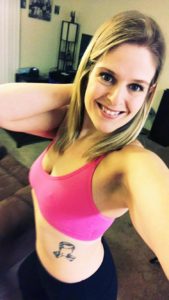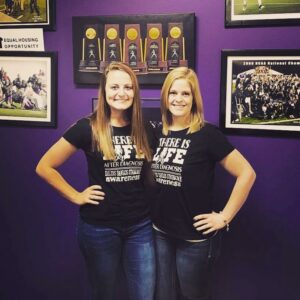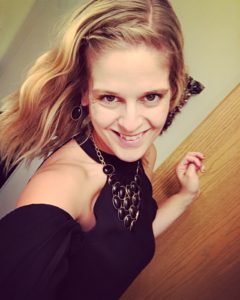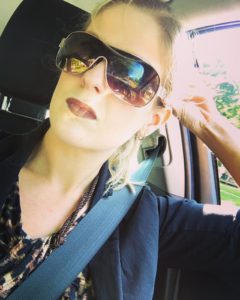I went in to see my doctor this week when he got me in at the last minute because of some major concerns he’s had about ongoing pain issues in my back, legs, and frankly, my backside. I have a wonderful pain management doctor and I’m so thankful to have the opportunity to work with him, but part of why I wanted to write here was to be able to share some of the raw truth I’ve otherwise written on my own social media posts in an effort to gain a wider audience for what I would consider my bold, unfiltered message of the side effects of this condition. This is the post I shared tonight on my own page. I hope it speaks to some of you. I hope it serves a greater purpose.
I usually like to wrap up my doctor visits on social media because I’ve found that it’s helpful for both me and to aid other patients to understand what’s happening, but yesterday I didn’t. Why? Because I crossed the line from being sad about my situation into angry. When I crossed that line, I didn’t know how to tell you about it.
I spent my morning figuring out how to put on winged eyeliner hoping it would convince me not to cry in the exam room, but it didn’t work. Until you’ve had a doctor look at you and tell you he needs to “do some brainstorming,” you just don’t know what it’s like to go to the doctor hoping for an answer and feel just as helpless once you’re there. When he brought in a second specialist to start trying a new technique, I tried to be as open-minded as I could, but the last year and a half of getting worse finally was too much.
I choked out my tears and I told my doctor it was easier when I didn’t know what was wrong with me. I told him I wasn’t sad anymore; I was just angry about how unfair it all was to do everything right and follow all their stupid new rules and still end up in that room begging for help, asking for an answer. I told him I don’t want to do it anymore and I watched as that eyeliner turned into gray liquid and ran onto the plastic top of an exam table.
He’s a good doctor, a great one even. He told me what I needed to hear in that moment when I was completely and totally broken. But he can’t give me back the life I used to have—and that’s what I wanted yesterday, so I was, for lack of a better word, and as he said “scientifically speaking” pissed off.
So, here’s the truth. I try my best to be a role model of the chronically ill with severe chronic pain. I try to keep it together. But sometimes I get pissed off at my body and no matter how cute my outfit is and how great my makeup is, I would trade all of it for DNA that actually works.
But then I came back to town and I saw the people who build me up. I realized my mother-in-law drove all the way to Madison so I didn’t have to go alone. I talked to an old friend who doesn’t see me as any different than before all of this happened. And no matter how “pissed off” I get sometimes, I’m still going to be the girl with too many pictures on social media posting more words than you want to read.
Maybe someday they’ll cure EDS because I annoyed doctors so much they just wanted me to shut up.

Me, deciding to keep going even when that seems too hard. Notice the tattoo on my side. The EDS awareness ribbon surrounding the State of Wisconsin. I had them put a heart around my community–because the love around me is what keeps me going. Hopefully my words keep someone else going.






